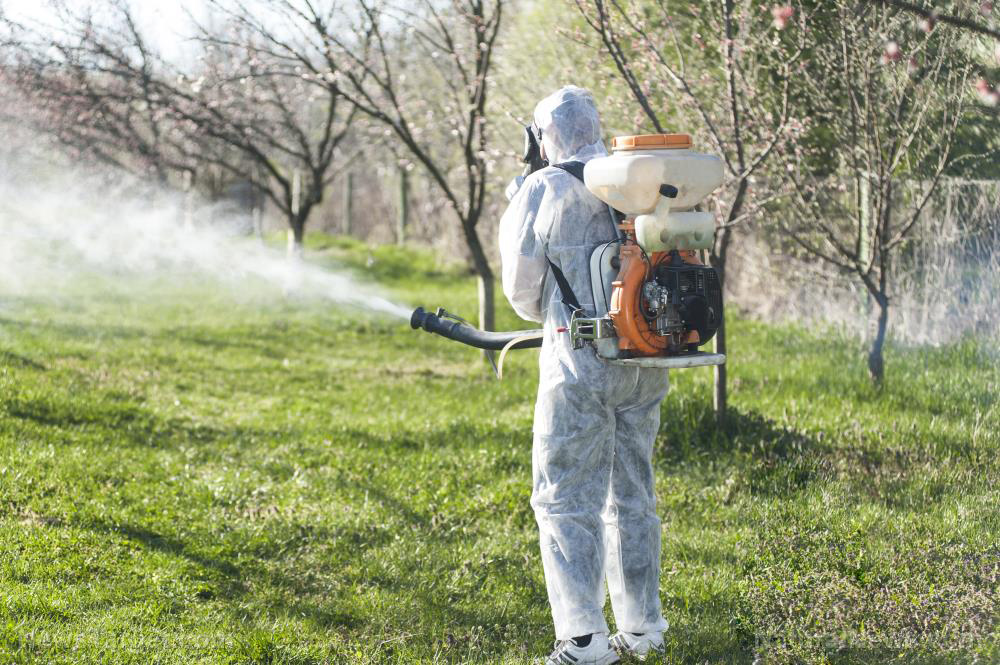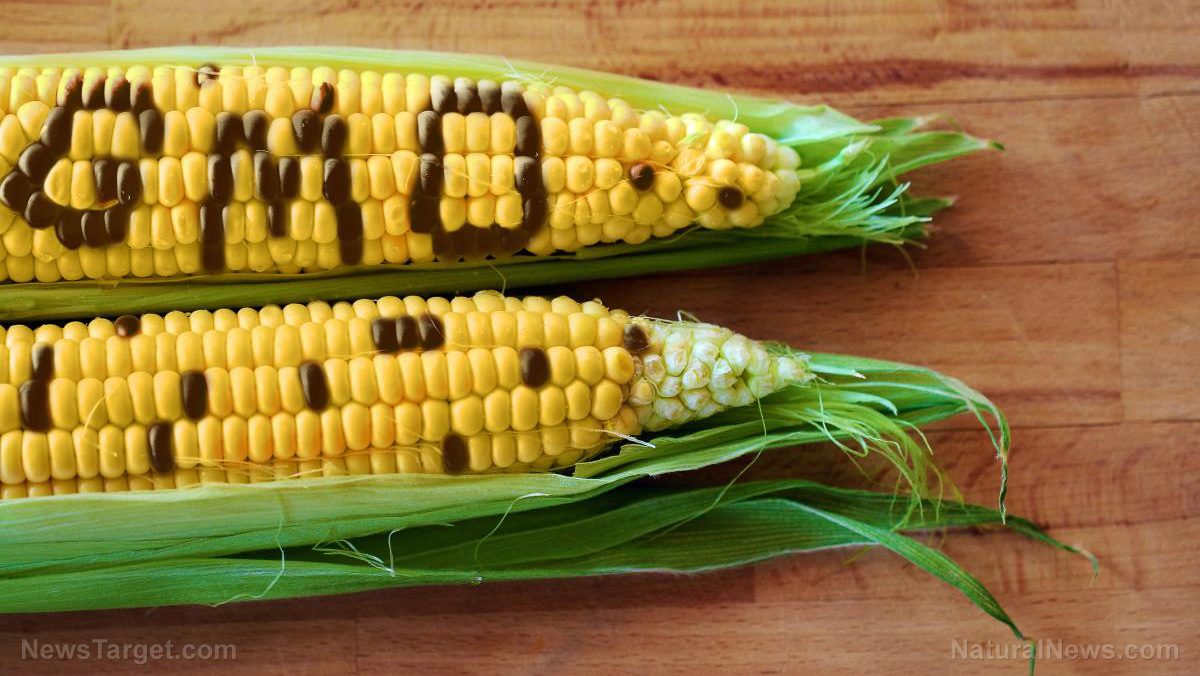Sweet with a hint of herbicides: Almost 99% of Canadian honey contains trace levels of glyphosate
03/08/2020 / By Michael Alexander

Honey products are not made equal. For instance, a report published in the Food Additives and Contaminants journal revealed that honey from Canada is often contaminated with a toxic herbicide.
Agri-Food Laboratories and the Alberta Ministry of Agriculture and Forestry performed an analysis on 200 random samples of honey in Canada — and the results were not promising.
The findings showed that almost 99 percent of the honey samples analyzed were contaminated with glyphosate, the active ingredient in Monsanto’s RoundUp products that has been linked to cancer.
“Two hundred randomly chosen honey samples, which were submitted to our laboratory for another testing, were analyzed using the online SPE-LCMS/MS method to obtain information regarding baseline levels of glyphosate, its main degradation product AMPA, and the other acidic herbicide, glufosinate. Glyphosate was detected in almost all honey samples analyzed with 197 out of 200 samples (98.5%) having residues,” the report said.
Canada is not alone: Glyphosate was also found in honey purchased from stores in the Philadelphia area.
A study published in the Journal of Environmental & Analytical Toxicology revealed that honey in Philadelphia, both organic and non-organic, contained traces of the herbicide.
“Of the sixty-nine honey samples analyzed, forty-one samples, or fifty-nine percent (59%), had glyphosate concentrations above the method LOQ (15 ppb),” the report said, noting that of the samples that tested positive for glyphosate, five were organic, while thirty-six were not.
How did the glyphosate get into the honey?
The contamination can be explained by how bees operate.
Known for traveling over large distances, bees constantly transfer from one plant to another to collect nectar for their hives. This means that in the process of moving from plant to plant, they also pick up traces of pesticides such as glyphosate, unintentionally transferring the residues from the crops and other plants back to their hives. These residues eventually make their way into the honey, which then gets bottled and sold.
How does glyphosate affect the human body?
A broad-spectrum systemic herbicide and crop desiccant developed and released by Monsanto for agricultural use in 1974, glyphosate has been linked to many health issues such as irreversible damage to the kidneys, as well as hyperplasia.
The pesticide, which for years was the most used herbicide in the United States’ agricultural sector and the second-most used herbicide in home gardens, government and industry, and commercial applications, has also been linked by a 2018 review to a higher risk of non-Hodgkin lymphoma. (Related: Exposure to glyphosate increases risk of cancer by more than 40%.)
The new paper, a comprehensive review encompassing epidemiologic studies published from 2001 to 2018, found that people with high exposure to glyphosate have a 41 percent higher risk of developing non-Hodgkin’s lymphoma compared to those with lower exposure rates.
Glyphosate, which the WHO’s International Agency for Research on Cancer (IARC) classified as “probably carcinogenic in humans” based on epidemiological studies, animal studies and in vitro studies, has also been linked to melanoma, bone cancer, colon cancer, kidney cancer, liver cancer, pancreatic cancer and thyroid cancer.
Glyphosate: A prevalent chemical
In addition to its negative effects on human health, another problem with glyphosate is its prevalence in the environment.
According to a study released in January 2020 by the U.S. Geological Survey, glyphosate was detected at least once in 66 of 70 U.S. streams and rivers located in a range of land-use settings. This could be due to the fact that over 2.6 billion pounds of Roundup was sprayed on U.S. farmland between 1992 and 2012.
In addition, the USGS said the occurrence of glyphosate and AMPA in the streams increased with the amount of glyphosate used in the watershed for agriculture.
Sources include:
Tagged Under: bees, environment, evil corporation, food science, glyphosate, herbicides, honey, Monsanto, non-Hodgkin lymphoma, poison, prevention, research, Roundup, toxic chemicals, toxins
RECENT NEWS & ARTICLES
COPYRIGHT © 2017 GLYPHOSATE NEWS


















